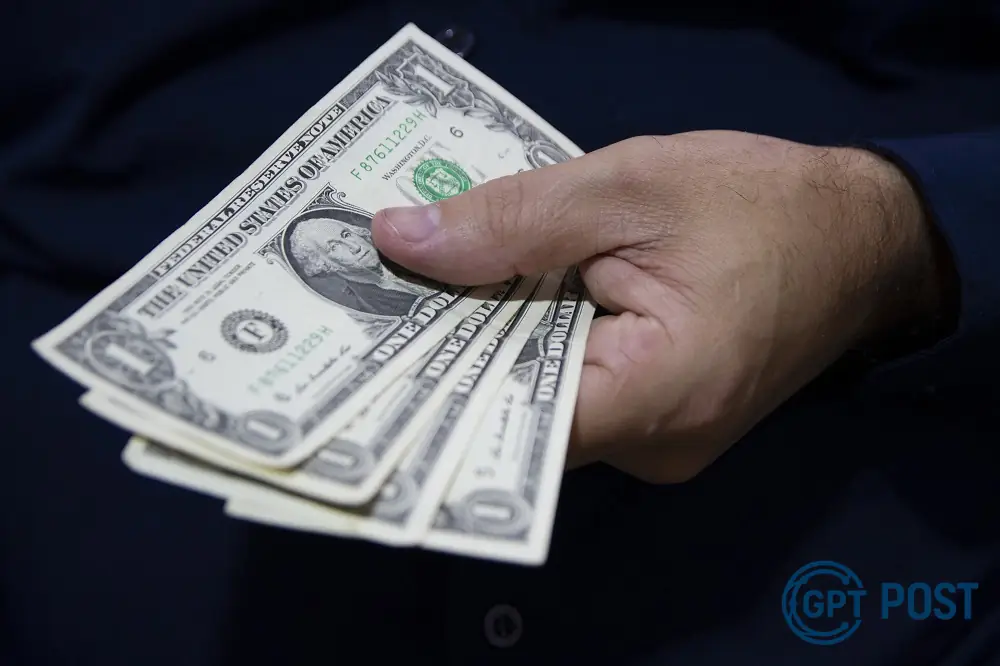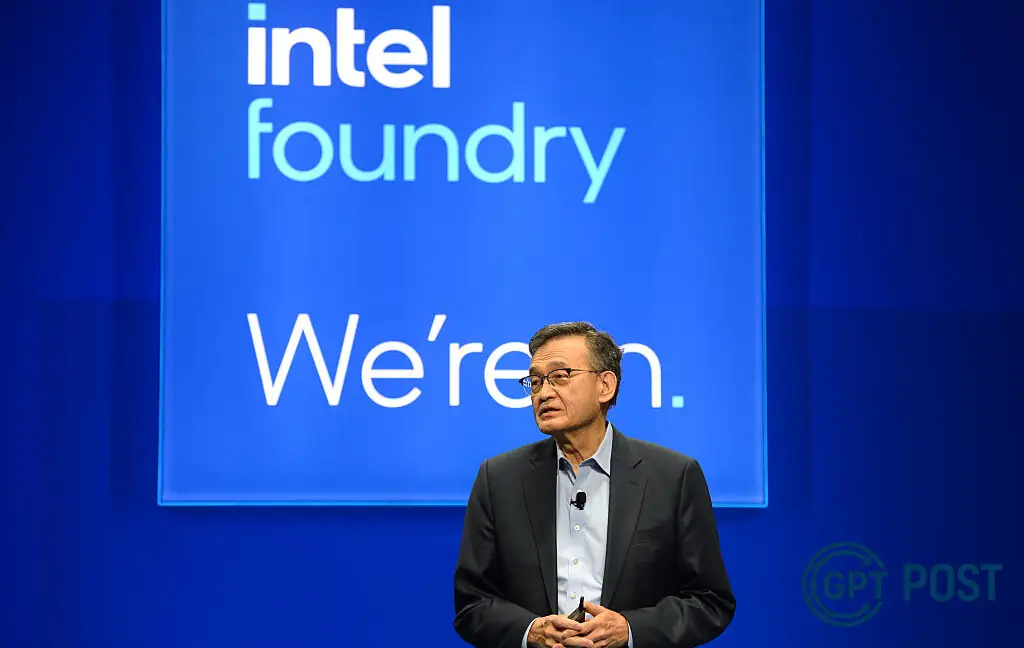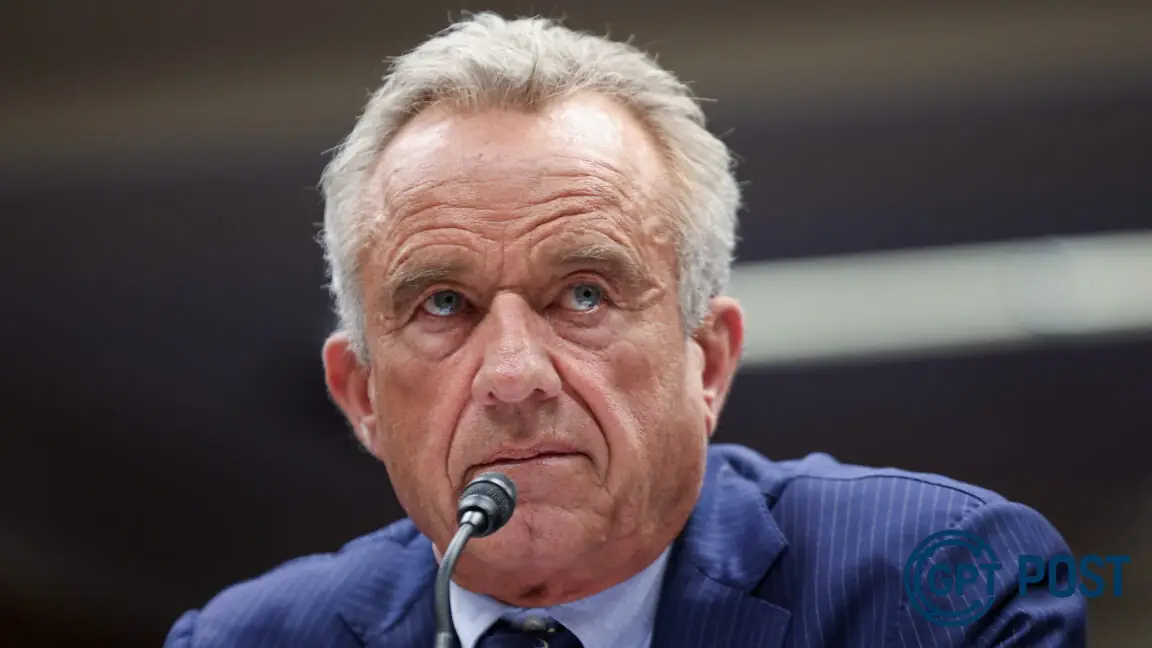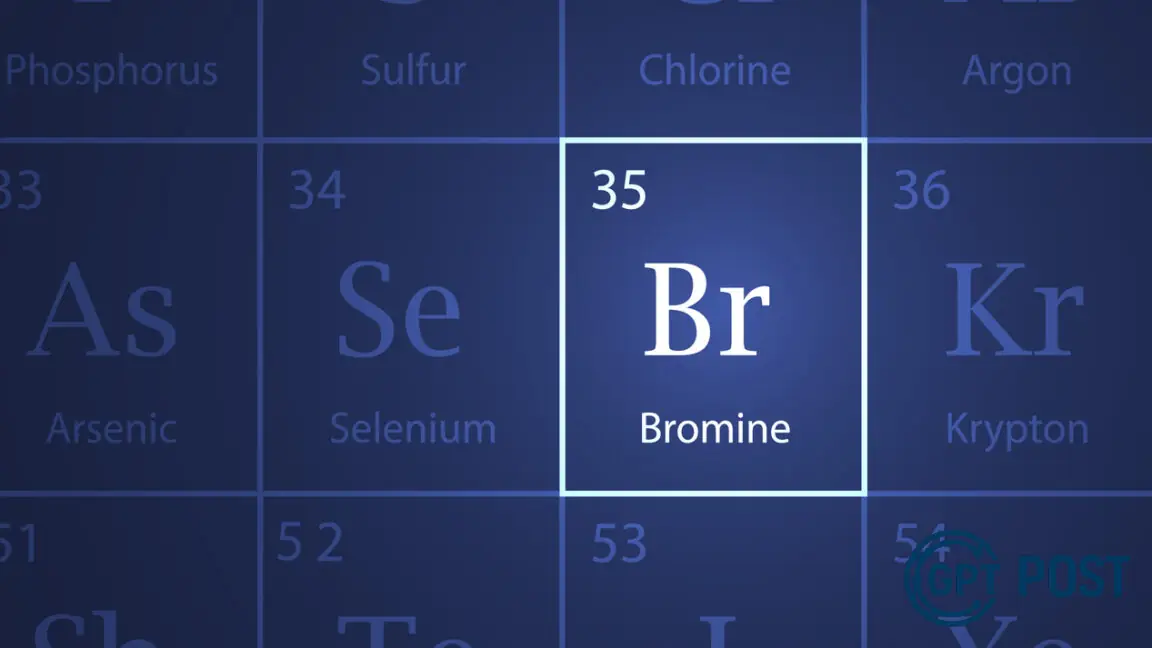Em um dia marcado por movimentações significativas no mercado financeiro brasileiro, o dólar à vista encerrou as negociações com uma queda de 0,74%, reaching R$ 5,4227. This was the smallest closing value since July 3rd, reflecting a broader trend of economic distension and positive external factors. The Ibovespa, Brazil's main stock index, rose over 1.48%, reaching 136,527.61 points—a level not seen since early July.
Several factors contributed to this shift. First, the international scenario showed signs of easing trade tensions, particularly after President Luiz Inácio Lula da Silva ruled out the possibility of breaking patents as a retaliatory measure against U.S. tariffs. This statement calmed market participants and reduced pressure on the Brazilian real. Additionally, expectations of potential interest rate cuts by the Federal Reserve (Fed) in September, following better-than-expected U.S. unemployment data, boosted emerging markets' currencies, including the real.
Domestically, the stock market's performance was also influenced by positive corporate earnings and investor sentiment. The Ibovespa has been on an upward trajectory since mid-July, despite broader geopolitical uncertainties. The rally was further supported by gains in key sectors such as banking and utilities, with Eletrobras leading the charge with a 9.47% increase.
However, not all sectors were winners. Shares of Minerva, Hypera, and Raízen saw declines, reflecting sector-specific challenges. Despite these losses, the overall market sentiment remained positive, driven by optimism about Brazil's economic prospects and the potential for further Fed easing.







